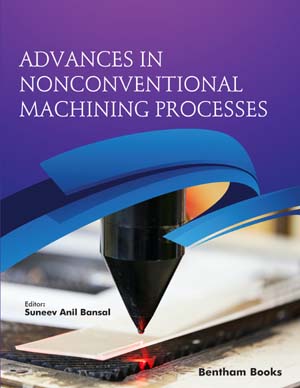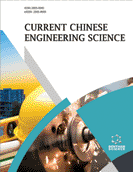Abstract
The utilization of advanced materials like ceramics, composites etc. has increased these days and simultaneously machining of these hard, brittle and costly materials is very challenging. Industries are relying on non-conventional machining processes because conventional machining processes have many limitations to machine hard and brittle materials. The birth of modern machining processes like Ultrasonic Machining (USM) has taken place due to these limitations in conventional machining. In USM, material is removed due to action of abrasive grains and vibrations cutting tool during machining. Up to some extent, it overcomes the problems of conventional machining. Besides USM has some drawbacks e.g. low material removal rate, high wear rate of tool. As it tools continuously strikes on the workpiece, there is oversize in produced cavities and a limit of depth in drilling operation. Optimization of process parameters can improve all these problems. The literature survey study has shown, in drilling and milling operations, a hybrid machining process named Rotary Ultrasonic Machining (RUM) gives tremendous results as compared to ultrasonic machining alone. In recent years, it is gaining popularity due to its intelligent machining in industries. The present paper confers about the technique of parametric optimization of ultrasonic machining and future aspects of rotary ultrasonic machining processes.
Keywords: Abrasive particles shape and sizes, Ceramics and composites, Hard and brittle material, Hybrid machining, Machining parameters, Rotary ultrasonic machining, Ultrasonic machining.






















